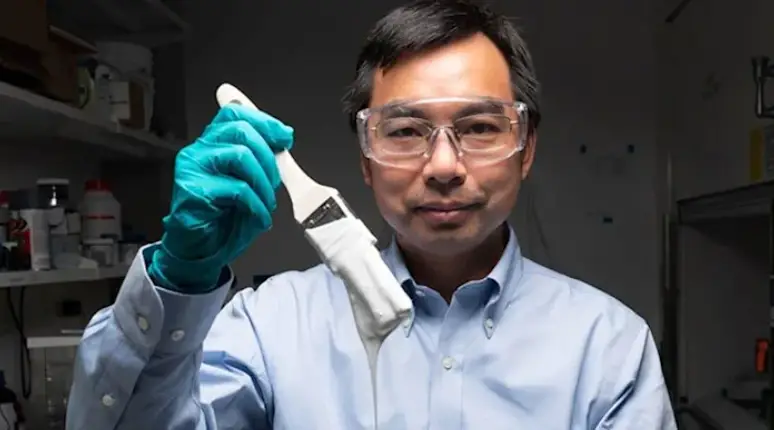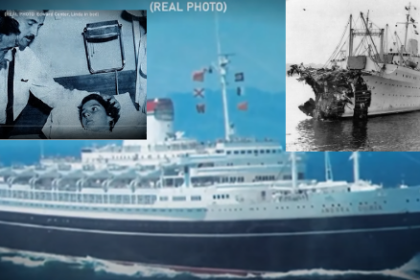The scientific community is about experimentation and discovery at its best, proclaiming itself to always be 100% correct without the need for further inquiry at its worst.
In 1902, a man named Willis Haviland Carrier created the first modern air conditioner to solve a major heating and cooling problem at a printing plant in Brooklyn, New York after experimenting with the laws of humidity control.
His invention became a common item in billions of households, but now, Purdue University scientists may have outdone him.
The researchers in question have created the whitest paint in world history, a paint so white that it could eventually reduce or even eliminate the need for air conditioners in the near future.
Researchers Create Paint to Cool Rooms Without A/C Units
The scientists have officially set a Guinness World Record with their invention, even though they did not set out to do so.
The original goal was to reflect sunlight away from a building to add to its ability to be cooled off, according to the researchers.

The research was conducted by Xiulin Ruan, a Purdue University professor of mechanical engineering. His paint was designed to be extraordinarily reflective, but it also ended up becoming extremely white, Purdue University said according to Yahoo News.
The paint reflects 98.1% of solar radiation while also emitting infrared heat.
It absorbs less heat from the sun than it emits, which allows any surface coated with it to be cooled below the surrounding temperature without consuming any power.
The new paint could cover a roof area of about 1,000 square feet which could result in a cooling power of 10 kilowatts.
“That’s more powerful than the air conditioners used by most houses,” Ruan said.
Most commercial white paint gets warmer rather than cooler, the article said.
The paint contains a “very high concentration of a chemical compound called barium sulfate,” the article added, which is also used in photo paper and cosmetics.





